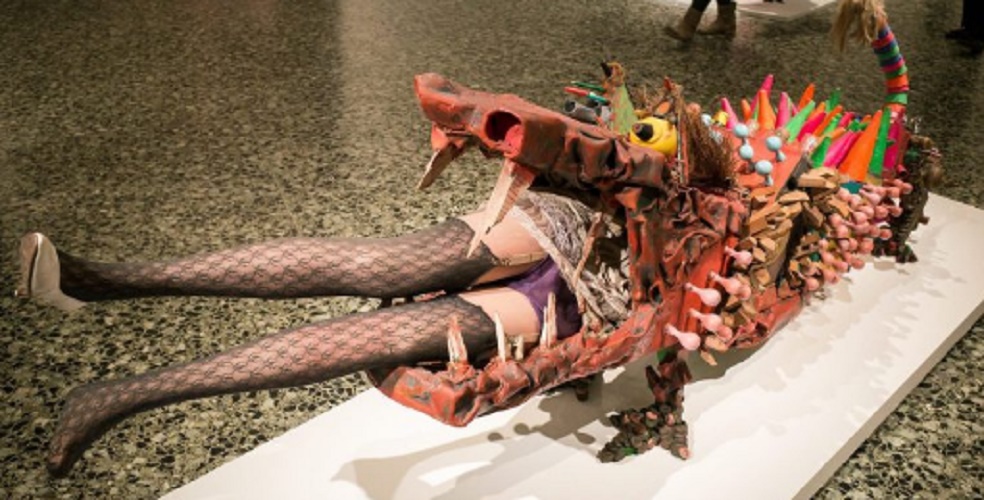What is collage?
We explain what collage is and how this artistic technique originated. In addition, the types of collage that exist and examples of them.
-
What is collage?
It is called collage (from French coller , which translates “paste”) to an artistic technique consisting of the construction of plastic works by agglomeration or conjunction of pieces or cuts of different origin, giving them a unified tone. In other words, it is about putting together a work with bits obtained from other sources.
Collage is typical of painting , but it is also possible to use its principles in music, photography, cinema , literature or video. In the case of plastic arts , it is usually used as a raw material for a collage of photographs, illustrations, newspapers, magazines, wood, leather, everyday objects, etc.
It is assumed that the Spanish painter Pablo Picasso would have invented the collage in 1912 with his work Still Life with a grid chair . But he had already had similar experiences since 1898, and was inspired by Marcel Duchamp’s experiences with the “Object found” ( objet trouvé ), art made from disused everyday objects.
The collage was used by numerous artistic trends of the twentieth century , especially for the historical avant-garde of the beginning of the century: Futurism, Cubism , Dadaism , Surrealism , Constructivism, etc.
Among some of the artists best known for their foray into the collage are: Marcel Duchamp, Max Ernst, Kazimir Malevich, Henri Matisse, Pablo Picasso, Robert Pollard, Man Ray, Larry Rivers, Antonio Berni and many more.
-
Types of collage

There is no proper classification of collage, since it is a diverse technique. But we can try one according to the characteristics of the finished work:
- Three – dimensional collage . Those works in which the embedded objects not only fulfill a two-dimensional role (length and width), that is, they not only form part of the painting, but also propose a three-dimensional experience, with depth, texture and perspective.
- Photo collage . Those who use only photographs to compose a work that combines fragments of one with pieces of another, in the style of twentieth-century photonovelas. The photographs overlap each other, combine with each other and do not respect their natural edges.
- Grid collage . These types of collages are more respectful of a geometric order and use matrices to sort their elements, thus giving a global or overall feeling that tends to the stable, rather than to chaos.
- Mosaic collage . A huge set of images or tiny objects are arranged in such a way that, when moving away, a larger image is reproduced that encompasses them and that is, in turn, a recognizable figure: a portrait, a landscape, etc.
-
Collage examples

Some examples that allow us to illustrate the art of collage are:
- Garbage mosaics from Vik Mu n iz . This Brazilian artist worked with people who live in a garbage dump near Rio de Janeiro and used them to collect garbage and waste material, arranging it on the floor of a huge shed to form with it a mosaic reproduction of a portrait previously taken of his faces, imitating some famous painting. Once everything was laid out on the floor, the artist climbed on a scaffold to take the picture from above.
- The monsters of Antonio Berni . This Argentine artist of diverse work has a series of sculptures made with waste material that he baptized as monsters, and whose bodies are made of recognizable garbage: cans, tires, brushes, nets, etc. But by observing them from afar, these sculptures are shaped like reptiles, dragons, etc.
- The paintings of Georges Braque . This French painter and sculptor is considered by many to be the “other” father of collage. For this he used texts and colors, paper sculptures and a whole series of works developed from the coexistence of diverse elements.




